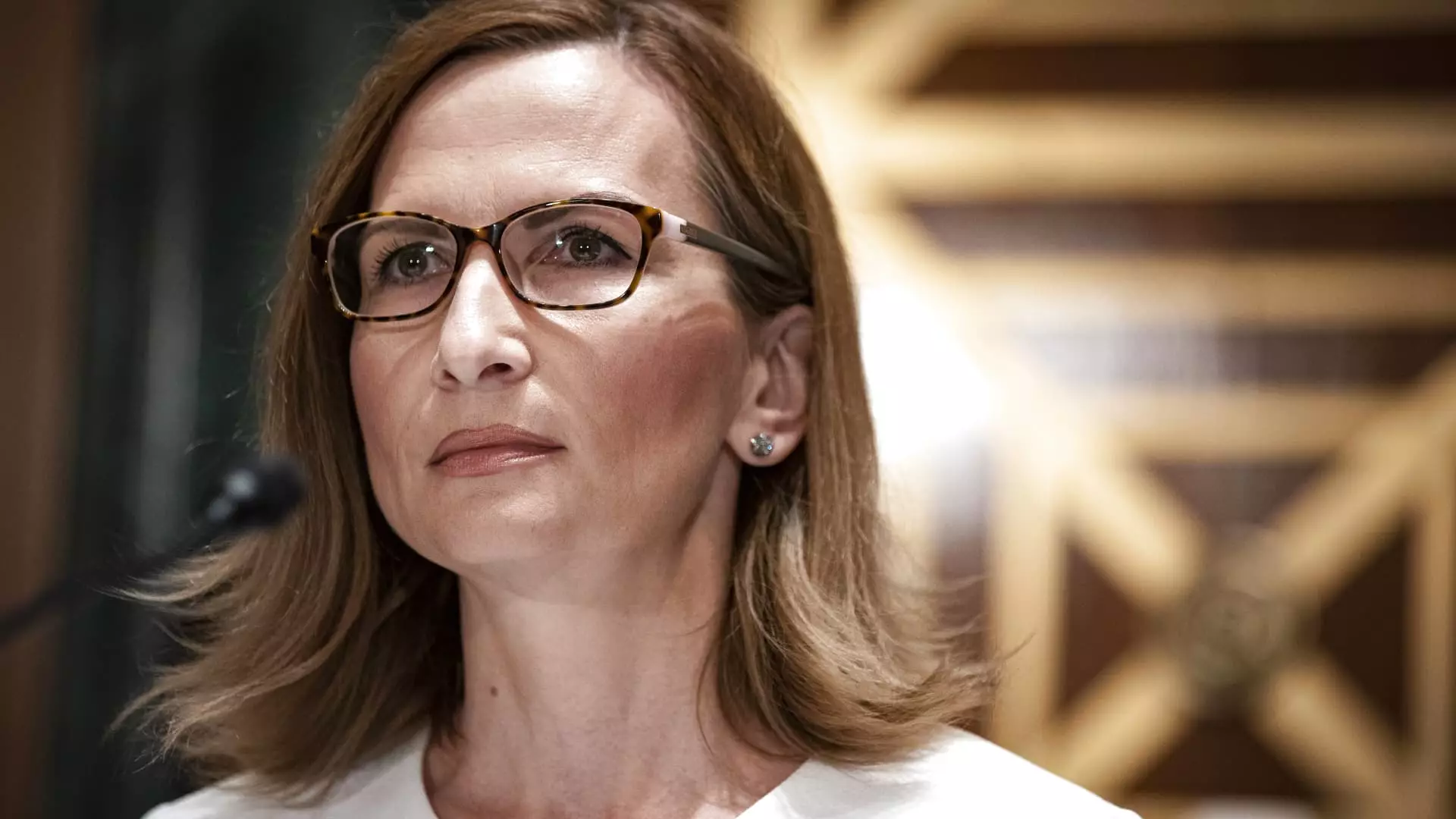The recent revelation of an $85 million shortfall between what partner banks of fintech middleman Synapse are holding and what depositors are owed has sent shockwaves through the fintech sector in the United States. This discrepancy was exposed by the court-appointed trustee, Jelena McWilliams, who reported that customers of fintech firms utilizing Synapse had $265 million in balances, while the associated banks only had $180 million. This disparity lies at the heart of one of the most severe meltdowns in the U.S. fintech sector since the 2008 financial crisis.
Accusations between Synapse and its partners, such as Evolve Bank & Trust, regarding improper movement of balances and inaccurate ledger-keeping have further complicated the situation. As McWilliams delves into the case, it becomes evident that Synapse may have commingled funds among various institutions, utilizing multiple banks to cater to the same companies. The trustee’s report highlights that the missing funds cannot be fully accounted for, leaving customers locked out of their savings accounts and in a state of financial uncertainty.
McWilliams, along with four banks – Evolve, American Bank, AMG National Trust, and Lineage Bank – has been working tirelessly to reconcile the ledgers to restore customer access to their funds. However, crucial information is lacking, hindering the completion of the project. The intricate nature of how the Synapse brokerage and lending business influenced fund flows further complicates the investigation. McWilliams underscores the challenge of understanding the whereabouts of the missing funds and the potential impact on individual bank shortfalls.
One of the key hurdles faced by McWilliams is the absence of resources to pay external forensics firms or former Synapse employees, who could provide valuable insights into the crisis. The lack of clarity on the movement of funds and the firing of all Synapse employees further exacerbates the situation. McWilliams emphasizes that the reconciliation process will take several more weeks to reach a conclusive resolution, prolonging the distress for affected customers.
In her report, McWilliams presents various options for Judge Martin Barash to consider at a hearing, aimed at facilitating access to funds for customers, particularly those with accounts under the for benefit of (FBO) structure. Suggestions include partial payouts to certain customers, while delaying payments to others based on the status of individual FBO accounts. Another approach involves distributing the shortfall evenly among all customers to expedite limited fund availability.
Despite McWilliams’ recommendation for partial payments to FBO customers to alleviate their financial strain, Judge Barash expressed uncertainty about the judicial intervention in the matter. The unprecedented nature of the case, coupled with the complex ownership of depositors’ funds, leaves the court grappling with the extent of its authority to resolve the crisis effectively. Barash acknowledges the urgency in finding a resolution but remains cautious about the court’s capacity to provide definitive solutions.
As the investigation into the Synapse financial crisis unfolds, the intricate web of financial transactions and the subsequent fallout underscore the fragility of the fintech ecosystem. The lack of transparency and accountability in fund management has not only jeopardized customer savings but also raised questions about regulatory oversight and risk mitigation strategies within the fintech sector. The aftermath of the Synapse debacle serves as a stark reminder of the importance of robust governance and risk management protocols in safeguarding customer interests and preserving market stability.

